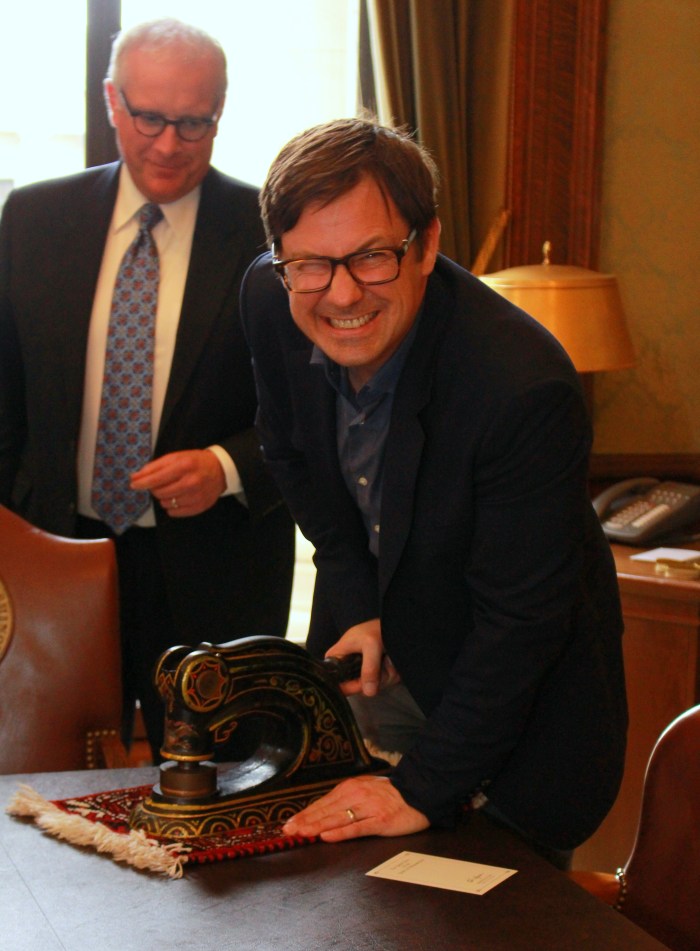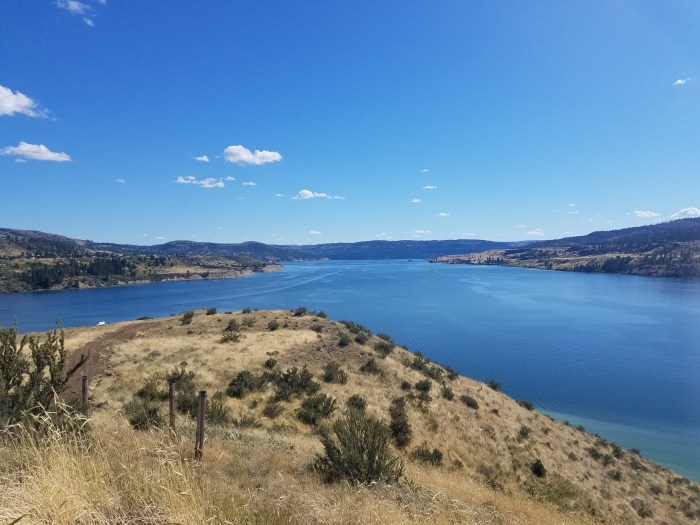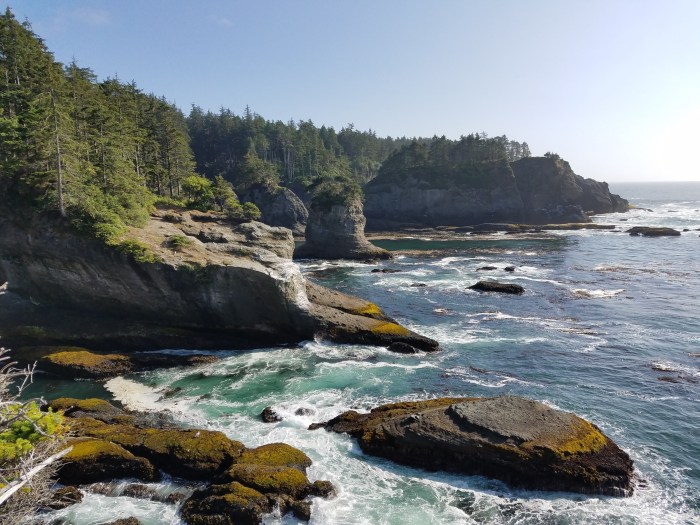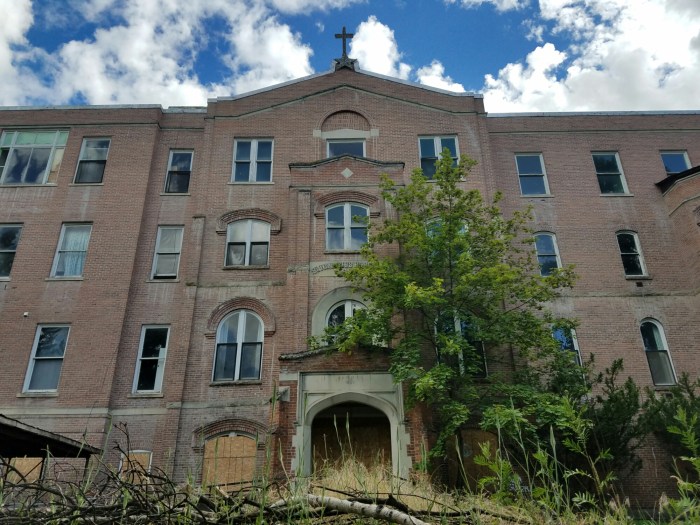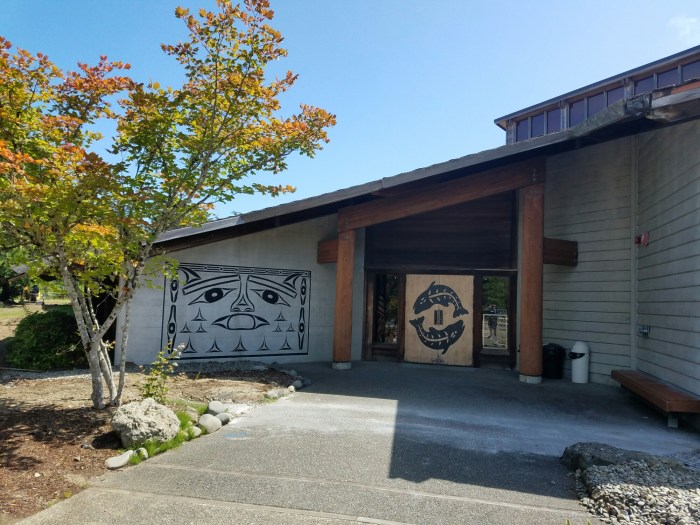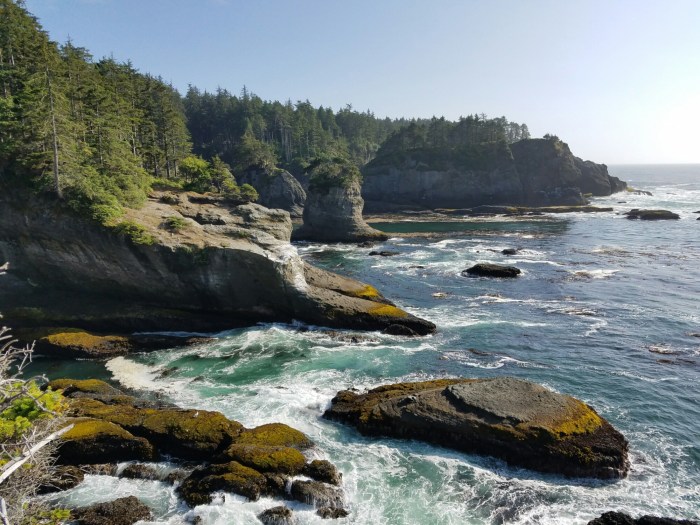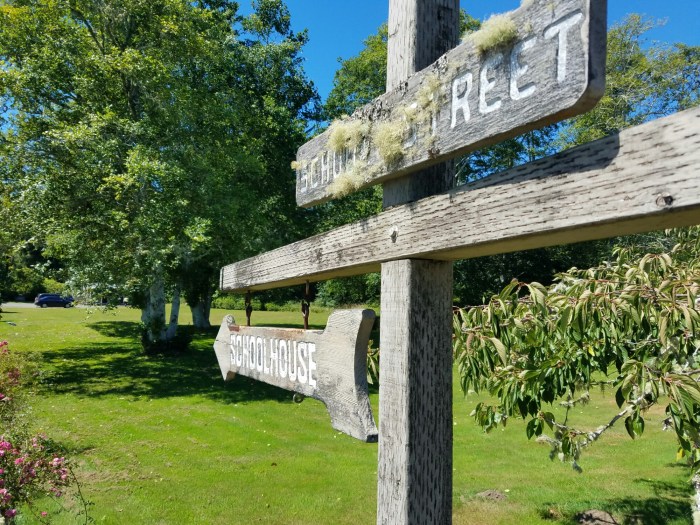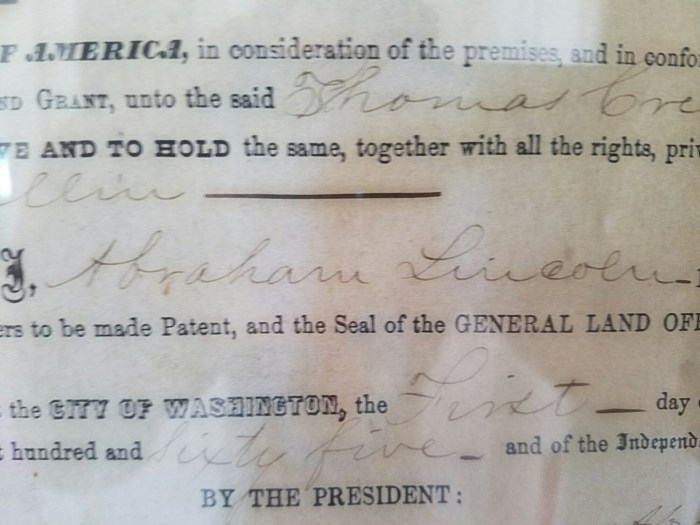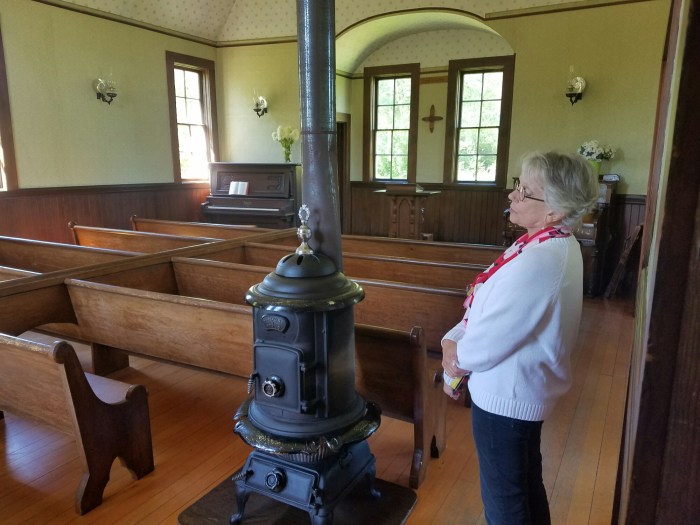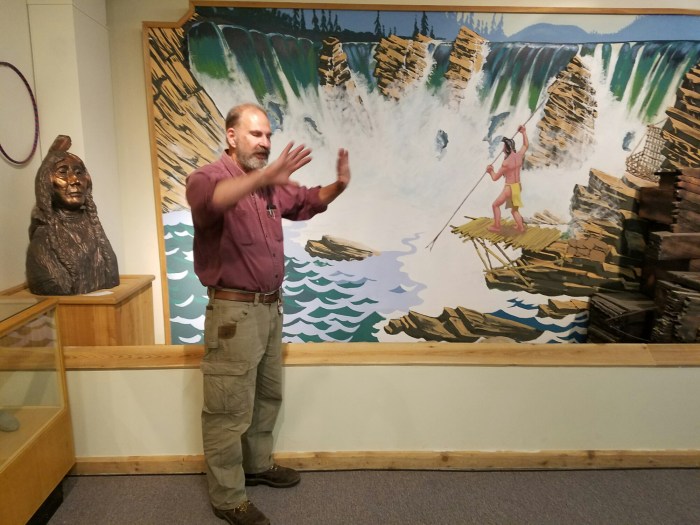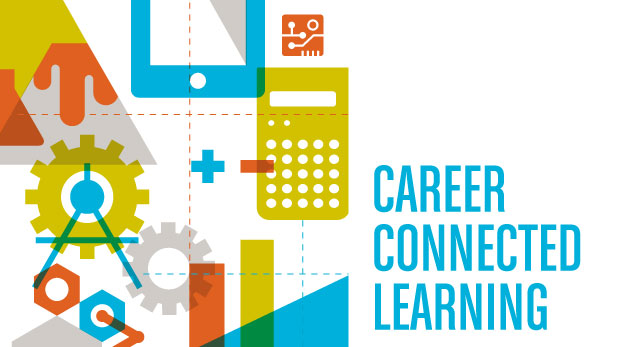
When I met Governor Jay Inslee last month with the seventh graders from St. John School, the Governor told us that “education is the investment that will have the single biggest impact on our future.” It therefore wasn’t a surprise when I heard the Governor say yesterday that Washington is “a great state to launch a revolution in career connected learning.” He went on to outline his intention to lead the country in this effort, creating the best career connected learning (CCL) curriculum in the US. “While others are talking about it,” the Governor said, “We’ll be doing it.”
What is CCL? At its core, it’s about better connecting our education system with a rapidly changing and increasingly diverse job sector – with a focus on STEM (Science Technology Engineering and Math) education. I got a crash course in CCL and participated in discussions about how to launch this revolution at this week’s Governor’s Summit on Career Connected Learning, a statewide conference attended by nearly 1000 people from education, industry and government across dozens of locations in Washington.
Anne Nelson from the Department of Commerce recommended I attend this summit because its goals closely align with ProjectWA. Over the past year and a half, we’ve been working to connect students in the classroom with the community around them. With technology as a lure, we’ve engaged students in civics, history, economics and storytelling – helping solve real community problems in the process and hopefully better preparing these students for the 21st century workforce. With apps like Washington State Insider, St. John Explorer or the Monuments Project, these students have done real work that’s benefitting the world around them.
At the Governor’s Summit, Chris Reykdal, Washington State Superintendent, pointed out that we spend $3 billion annually on high school education, yet only 50 percent of students ever set foot on a college campus. He wasn’t necessarily implying that we need to increase that percentage. Reykdal’s point was that there are many routes to a career, and our education system needs to do a better job of providing “meaningful pathways to the world of work.” STEM jobs don’t always require a four-year college degree.
How do we restructure our education system to create better connections and clearer paths between education and industry? The Governor has launched a CCL taskforce, and we were introduced to a policy framework for expanding learning opportunities to all young people. It focuses on developing a public-private partnership to create a career-ready education system through more training and resources, more externships, expanded CCL access to rural and underserved communities, stronger mentorship programs and helping students plan earlier for what happens after high school.
I’ve met with several innovative schools across Washington State, who are taking innovative approaches to learning and creating connections between students and the business community. College Place High School in Walla Walla County takes a project-based approach, making sure students graduate with a solid “fifth” year plan to be productive citizens in a global economy. Riverpoint Academy a STEM+Entrepreneurial high school in Spokane has students take on real-world challenges, working with professionals from the community.

Riverpoint Academy in Spokane’s Mead School District
What impressed me most about the Governor’s Summit is that it covered both theory and action. There was a big focus on walking away with very specific actions that each individual will take to implement the new CCL framework. A summit participant at my table came up with the idea of using the 468 Field Trip platform to create a guide for students to all the STEM-related businesses in the community. We’re meeting next week to see how we can implement that plan.
I left the Governor’s Summit on Career Connected Learning inspired and even more energized to help take a new approach to education. The revolution has started. Whether you’re in education, industry or government, you can play a role in that.






